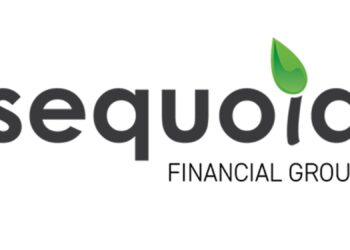BT Financial Group has developed a new software program that channels superannuation contributions to various funds in an attempt to lighten the administrative load that will be placed on employers when the choice of fund regime begins next July.
The clearing house program, which will be available to employers who use a BT product as their default fund, will distribute employees’ funds to any other super fund, including non BT funds, if they should choose to flee the default option.
“At the moment, for employees who are already offered some choice of super funds, the employer is usually cutting a couple of cheques for the various funds,” said BT director of corporate super Geoff Peck.
“Many employers are doing this themselves and it’s a very labour intensive, ad hoc style process and therefore can lead to errors, compliance risks and a whole bunch of potential problems. This new system will actually really help employers deal with this.”
Peck said that the straight through processing program will be linked to Westpac’s existing payment processing capabilities, often operating alongside employers’ existing payroll systems.
“This is a natural extension of payroll in a number of ways. Westpac being a bank is very good at moving money, and Westpac already has a lot of technology and infrastructure that we can use to support this,” Peck said.
When it is introduced on July 1, 2005, choice of fund is expected to affect more than 650,000 employers and more than 4.5 million employees.





